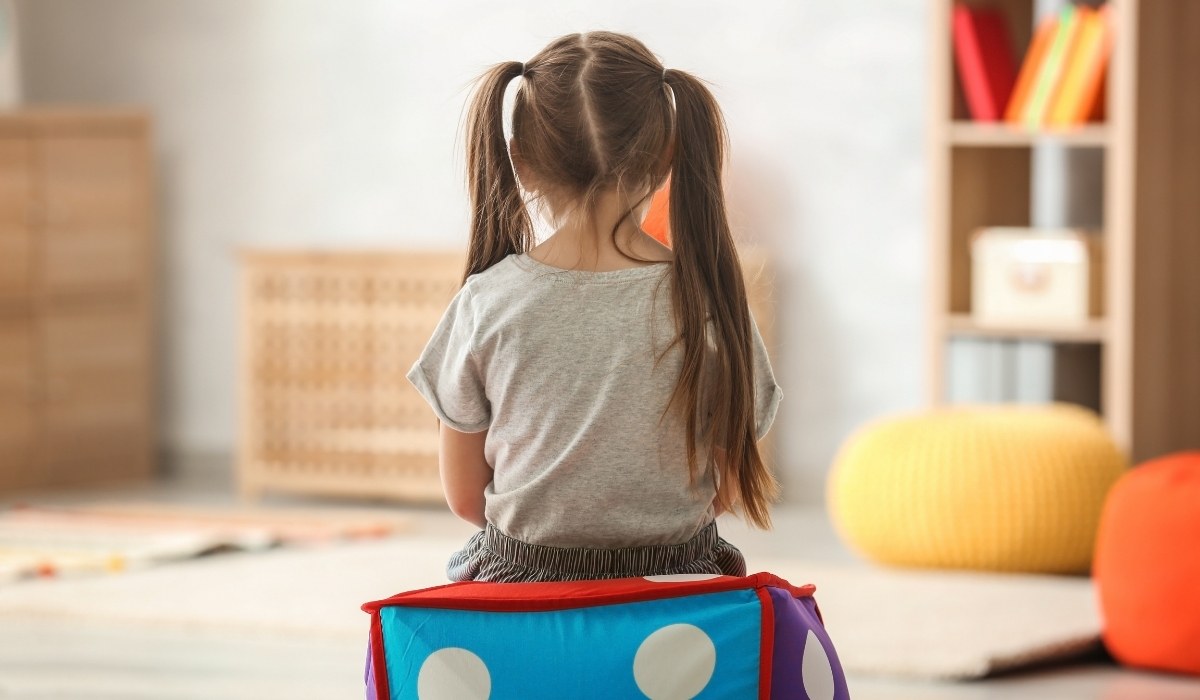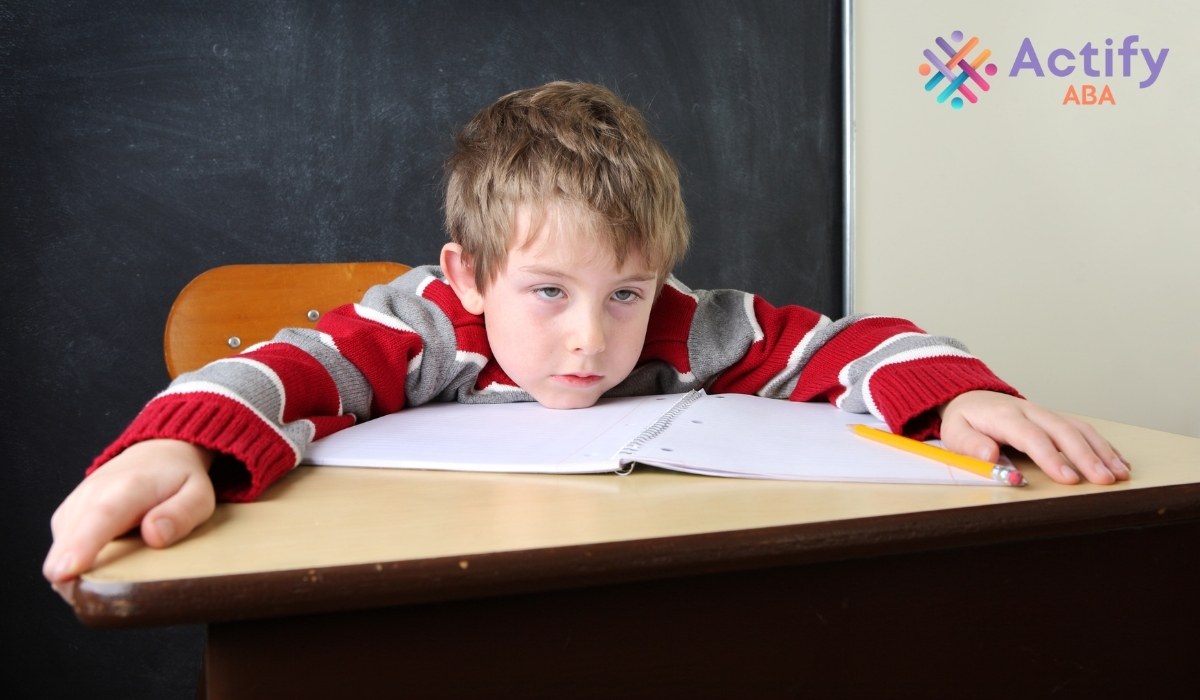
Key Points:
- Autistic burnout is a state of intense exhaustion and loss of functioning caused by prolonged stress and masking.
- Parents often mistake burnout for regression or behavioral issues, but it is distinct and needs specific support.
- Recognizing signs early and supporting recovery with strategies like rest, reduced demands, and therapy can make a difference.
Parenting a child on the spectrum comes with unique joys and challenges. One concept many parents are unfamiliar with—but should know about—is autistic burnout. Unlike typical fatigue, this form of burnout goes deeper, affecting energy, emotional balance, and even skills a child once had. Understanding it can help you support your child in a compassionate and proactive way.
What is Autistic Burnout?
Autistic burnout happens when the daily demands placed on an autistic person outweigh their ability to cope for an extended period. It isn’t laziness or a lack of motivation. Instead, it’s the body and mind’s response to ongoing stress, masking behaviors, and sensory overload.
Children may appear to lose skills, become less verbal, or withdraw from activities they previously enjoyed. For parents, this can feel like regression, but it’s important to see burnout as a temporary state rather than a permanent loss.

Why Does Autistic Burnout Happen?
Understanding the root causes of burnout is essential to prevent it from happening again. Kids don’t just “hit a wall” without reason. Burnout usually builds up over weeks or months due to continuous stressors that wear down their coping abilities.
Some of the most common contributors include:
- Masking social behaviors: Many autistic children hide their natural responses to blend in socially. While this helps them avoid bullying or judgment, it’s mentally and physically draining. Over time, masking creates chronic stress.
- Sensory overload: Environments filled with noise, bright lights, or unpredictable movement can overwhelm a child’s nervous system. If daily routines don’t allow recovery time, this can tip them into burnout.
- Constant demands: School, therapies, social expectations, and even family routines can feel relentless. When demands consistently outweigh supports, exhaustion follows.
- Unmet communication needs: Children who struggle to express themselves may feel trapped or misunderstood, increasing frustration and stress.
Recognizing the Signs of Autistic Burnout
The signs of autistic burnout can be subtle at first, but if you know what to watch for, you can intervene early.
Here are some key indicators to look out for:
- Loss of skills: A child may stop using words they previously used, forget routines, or struggle with tasks they could once complete easily.
- Extreme fatigue: This goes beyond being “tired.” Children may sleep more, seem constantly drained, or have difficulty even starting activities.
- Increased meltdowns or shutdowns: Emotional regulation becomes harder, leading to more frequent and intense meltdowns, or the opposite—complete withdrawal.
- Heightened sensitivity: Sounds, textures, or lights that were previously tolerable may suddenly trigger distress.
- Social withdrawal: Your child may pull away from peers or family members, preferring solitude to recover.
How is Burnout Different From Regression?
Parents often confuse autistic burnout with developmental regression, but they are not the same. Regression is usually linked to developmental changes or medical issues, while burnout is stress-related and temporary.
- Regression: Skills are lost due to neurological or developmental changes and may not return without intervention.
- Burnout: Skills are hidden under exhaustion and overwhelm, and they often return once recovery and support are in place.
Understanding this difference helps parents respond with empathy instead of fear.
Supporting Your Child Through Autistic Burnout
Recovery from burnout doesn’t happen overnight, but with the right strategies, you can help your child regain balance. The goal is to remove stressors where possible and add supports that allow rest and recovery.
Here are practical steps parents can take:
1. Reduce Unnecessary Demands
Identify areas in your child’s schedule where pressure can be lowered. This may mean skipping a social event, scaling back on extracurriculars, or temporarily adjusting therapy goals. Prioritize rest over productivity during recovery.
2. Create Predictable Routines
Burnout thrives in chaos. Establishing a daily routine helps your child know what to expect and reduces stress. Keep transitions smooth with visual supports or reminders.

3. Offer Sensory-Safe Spaces
Design a quiet corner at home with soft lighting, comfortable textures, and items your child finds calming. Having a safe retreat gives them a chance to self-regulate.
4. Support Communication Needs
If verbal communication feels overwhelming, encourage alternative methods like AAC devices, sign language, or picture exchange. Reducing the pressure to “speak” can ease frustration.
5. Validate Their Experience
Avoid pushing your child to “bounce back.” Instead, acknowledge their feelings and reassure them that rest is okay. This validation reduces the emotional weight of burnout.
Preventing Autistic Burnout in the Future
Once your child recovers, the next step is learning how to prevent burnout from recurring. Prevention is not about eliminating challenges altogether but balancing demands with supports.
Here are strategies parents can use long-term:
- Balance structured activities with downtime: Children need unstructured time to recharge, just like adults do. Protect downtime in their schedule.
- Work closely with teachers and therapists: Advocate for realistic expectations at school and in therapy sessions. Share insights about your child’s stress triggers.
- Encourage authentic expression: Allow your child to stim, fidget, or use their natural coping mechanisms instead of forcing them to mask.
- Build resilience gradually: Teach coping strategies such as breathing exercises, mindfulness, or sensory tools, but introduce them slowly so they become natural supports.

Where ABA Therapy Fits Into Recovery
Applied Behavior Analysis (ABA) therapy can play a supportive role in both recovery and prevention of autistic burnout. When done thoughtfully, ABA is not about pushing children harder but about creating achievable steps that build confidence and independence.
Therapy focuses on:
- Teaching communication skills that reduce frustration.
- Helping children navigate sensory challenges with adaptive strategies.
- Building daily living skills in manageable, step-by-step ways.
- Encouraging positive behaviors without adding unnecessary stress.
By tailoring therapy goals to a child’s current energy levels, ABA can provide structure while also respecting their need for rest and recovery.
Final Thoughts
Autistic burnout can feel overwhelming for both children and parents, but it’s not permanent. By recognizing the signs early, providing space for recovery, and putting supports in place, families can help their children regain balance and confidence.
If you’re looking for guidance, Actify ABA offers personalized ABA therapy in Maryland. Our team works with families to create realistic, compassionate strategies that support growth without overwhelming children. Contact us today to learn how ABA therapy can help your child thrive.
